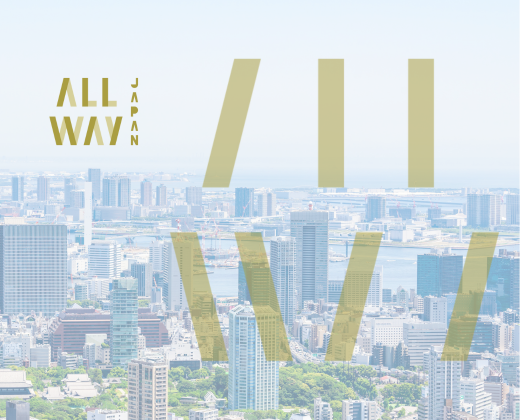
Front-and-back circular mound of a nationally designated historic site located approximately in the center of the Furuichi mound. The head of the mound is 225m long, and there is a moat with water and a wide dike around the mound. The construction period is estimated to be the middle of the burial period (first half of the 5th century). The shape of the time of the construction remains well, and you can also understand the construction of the constriction and the appearance of the mounds built in three steps. Cylindrical haniwa, figurative haniwa, and mug made of mug are excavated from the mounds and dikes. The details of the burial facility are not known, but it is said that there is a pit-style stone sangma in the back circle section containing a longong-shaped sarcophagus, and the Imperial Household Agency ruled in the "Ojin Emperor's Tomb". There are also mounds around the area that are thought to be jūmounds. One of the constituent assets of the world cultural heritage "Hyakutan Bird Furuichi Kofun".

Located in the central part of the Furuichi tomb group, the second largest in Japan, the Maegata circle mound. The depth of the mound is 425m in length, and the height of the mound built on three steps is 36m, and the amount of soil filled on the mound is estimated to be 1.43 million legislative m, making it Japan's largest burial mound by volume. The period of construction was considered to be the middle of the burial period (the first half of the 5th century), and at the time of construction, a double moat and dike were circling, and a jutsu was built around it. Cylindrical haniwa, house, horse and other figurative haniwa are excavated from the mounds and moats. The burial facilities, etc., are unknown, but are governed by the Imperial Household Agency as the "Ega Mōfugangling" of the 15th Emperor Ojin. One of the constituent assets of the World Heritage Site "Hyakutan Bird/Furuichi Kofun", the site of the outer moat and outer embankment on the west side where the cosmos fields spread in autumn is a national designated historic site.

The Yoshimura family is a descendant of Takasuna Sasaki, a warlord who was located near Minamoto no Yoritomo and whose achievements were made, and who served as the 18-village Oshōya in the mid-Edo period. The main building (Important Cultural Property), which was built shortly after the Osaka Natsua in the first year of Genwa (1615), is a representative Australian building that retains the Momoyama period Shoyin-style architectural style in the guest room section. The 5280-square-meter (approximately 1600 tsubo) site includes the main house, the Nagaya Gate, and the Tozo.

The temple during the Aitori period, reportedly with the erection of Prince Sōtoku and Sōgako. It is popularly called the "middle prince" and is counted as one of the three Kawachi princes. The building is a Hōryū-ji style fairy-indigo arrangement, but it was attacked by soldier fire, and the current main hall was rebuilt in the early Edo period. The image of Maitreya Bodhisattva half-thought lotus from the Shirō Feng period and the image of Jizo Bodhisattva from the Kamakura period are both important cultural objects. The 18th of each month is the day of admission.
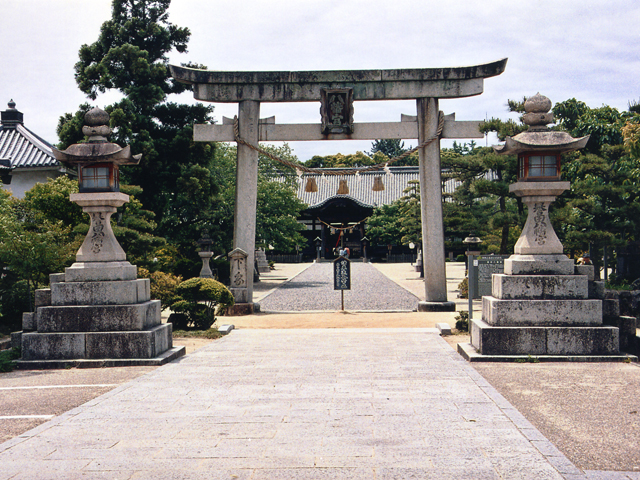
He was revered as a warrior, with the honor of the successive emperors as the temple of Emperor Ojin, and also with great asylum from the Imperial Court and the shogunate. The current shrine was rebuilt by Toyotomi Hideyori. The treasure house houses many treasures, including the national treasure Shinkoshi and the saddle fittings from the Imperial Mausoleum of Ojin.

"Nikoniko Market", a direct sale of produce near the entrance of Suburfarm. In addition to produce and seedling stuff picked within the Suburfarm, seasonal vegetables, fruits, eggs, and cut flowers produced in the local Tondabayashi and Tojo districts, as well as fresh eggs, which are made from the egg-covered rice, hams processed with fresh water from Mount Kumang, and bacon. You can buy it without entering the Suburfarm. All are fresh and all are selected first in peace of mind. If you eat a bite, there is no doubt. The price is also convincing, great satisfaction.
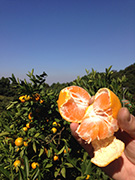
It is a sightseeing plantation surrounded by quiet mountains in Tondabayashi, south of Osaka, where you can enjoy picking oranges, digging potatoes and picking chestnuts in the fall. You can also enjoy in-park meals such as barbecues throughout the year.

You can enjoy picking oranges, picking chestnuts, and digging sweet potatoes, and bring barbecues and lunch boxes are OK. There are athletic, mini fishing moats, crawfish fishing and putter golf in the park, so you can play all day.
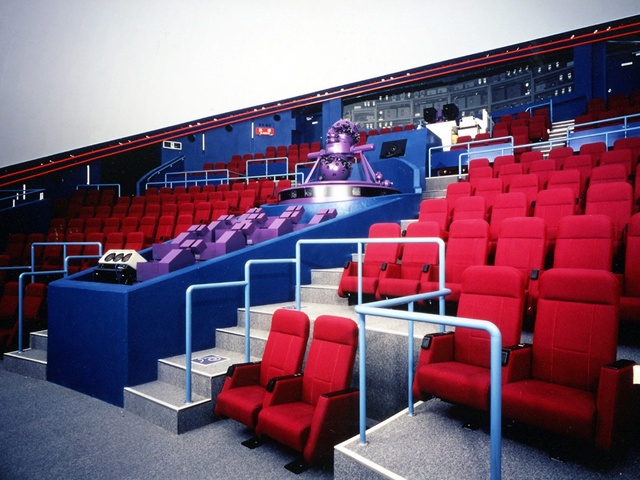
It is a planetarium with 200 seats and a 20m dome diameter, one of the largest in the country. It is located on the third floor of a cultural hall with an 800-seat concert hall, conference room and music practice room, and shows programs that can be enjoyed by children and adults.
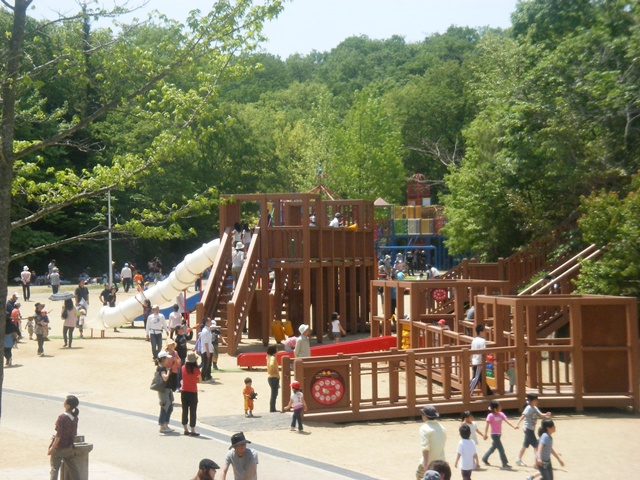
Located at the southern end of the Habikino Hills, a park that keeps the hilly area intact. A variety of plants inhabit the green garden throughout the four seasons, pleasing the eyes of visitors. In addition, "Kawachi no Sato", which restored the landscape of satoyama that had spread to the Kawachi region for a long time, and "Yancha-ri", "Sakuragi no Sato", and "Waterside no Sato" with a large composite playground equipment slide are also popular, A park where adults and children can play at ease in nature.







